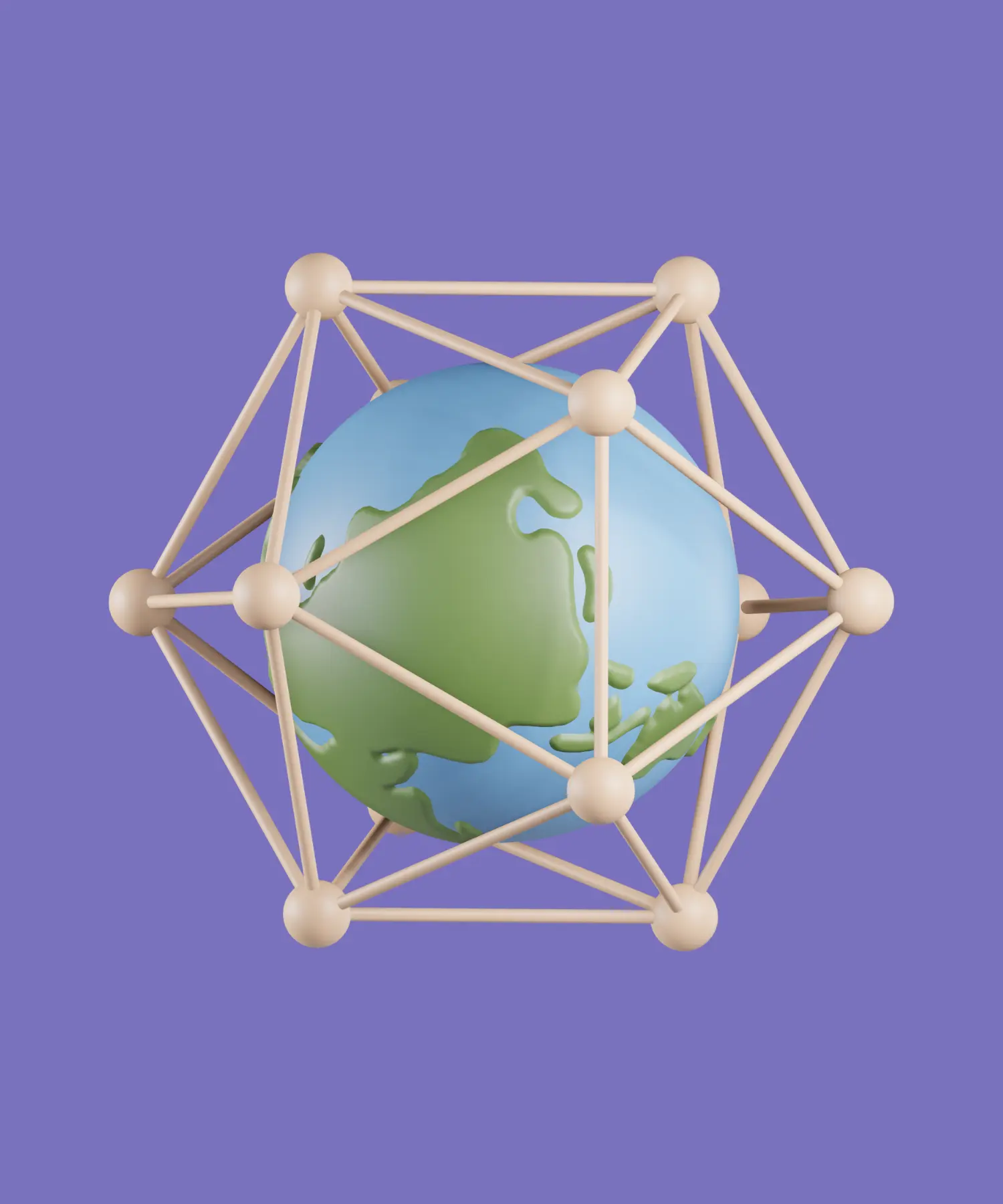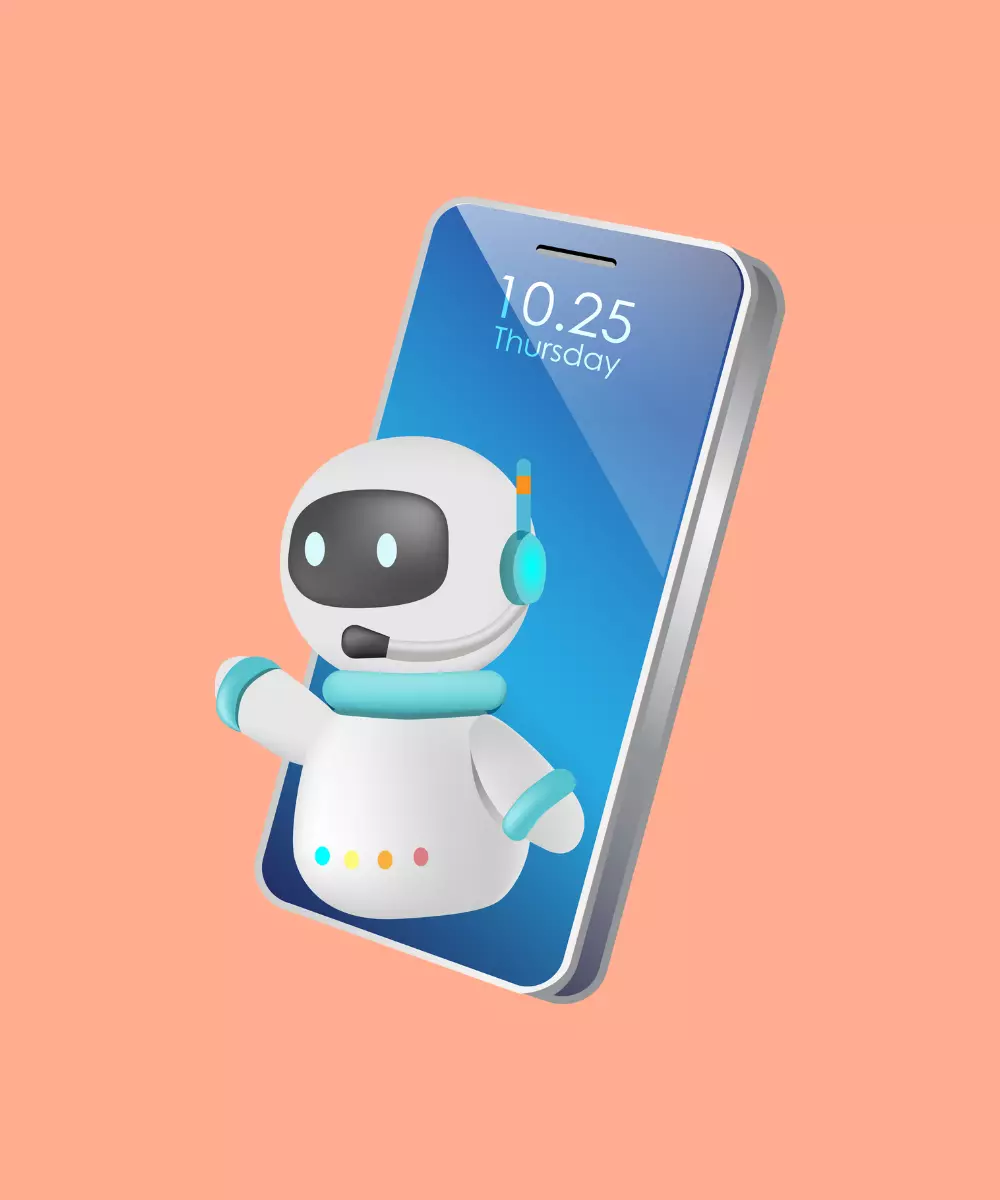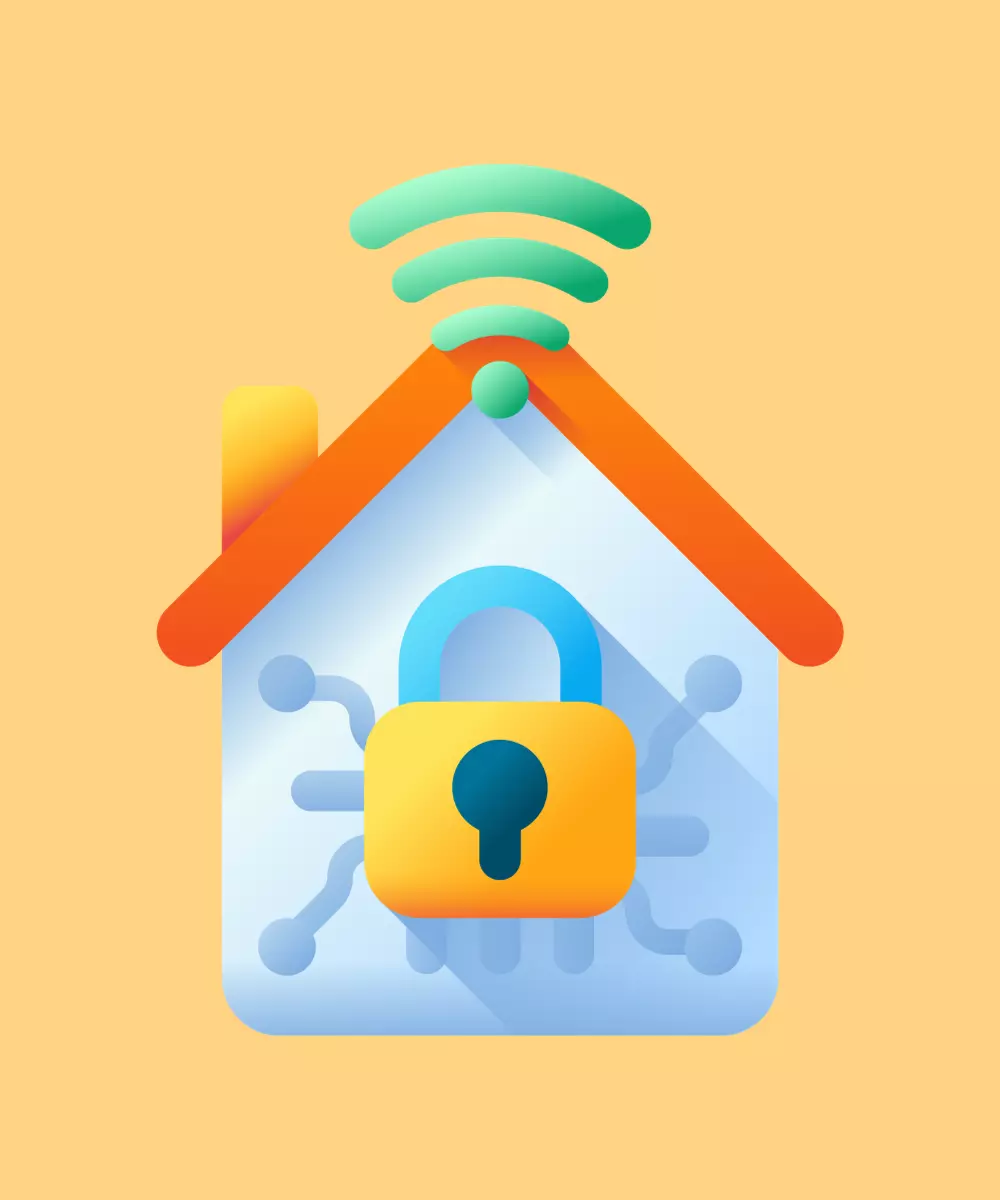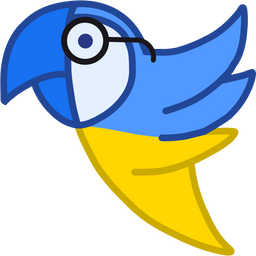In 2024, the digital landscape teems with interconnected devices, shaping the contours of our daily lives in ways previously imagined only in science fiction. At the heart of this transformative era is the Internet of Things (IoT). As we delve into the complexities and marvels of IoT mobile app development in this guide, we'll explore the latest trends, challenges, and groundbreaking solutions that define the year. Whether you're a developer, a tech enthusiast, or simply curious about the future of mobile applications, this comprehensive guide promises to illuminate the intricacies of the IoT world in 2024.
Overlook at IoT App Market in 2024
The IoT App Market in 2024 is an ever-evolving ecosystem, thriving with innovation, competition, and increasing adoption rates. As the digital realm becomes more intertwined with our physical surroundings, the market's dynamics offer a rich tapestry of insights and trends. Here's a brief exploration:
- Segment dominance: While smart home devices are prevalent, the industrial IoT (IIoT), especially in sectors like agriculture and healthcare, has gained momentum due to its promise of optimized operations.
- Regional insights: North America and Europe continue to lead, but the Asia-Pacific region, especially countries like China and India, is catching up rapidly.
- Key players: Major tech companies such as Google, Amazon, and Microsoft remain dominant, but startups are introducing innovative solutions that cater to niche areas of IoT.
- Investment landscape: There's a notable increase in venture capital funding for IoT startups, and mergers and acquisitions indicate a maturing market.
- Consumer behavior and expectations: Consumers demand intuitive interfaces, strong security, and seamless integrations from IoT apps. Meeting these expectations results in higher adoption rates.
- Challenges and forward path: The IoT app market grapples with issues like data privacy and device interoperability. However, ongoing efforts in standardizations and advanced security solutions hint at a bright future for the sector.
Key Components in IoT App Development

The development of an IoT application is far from straightforward. It requires a delicate orchestration of several components, each playing a pivotal role in ensuring the application functions seamlessly. Here's a deeper dive into these integral elements:
Hardware: sensors, actuators, and boards
Sensors: The eyes and ears of the IoT world. Whether it's temperature sensors in a smart thermostat, motion sensors in security systems, or heart rate sensors in wearables, they detect and respond to environmental cues.
Actuators: While sensors gather data, actuators perform actions. They can be motors that open a window when room temperature rises or valves that control water flow in smart irrigation systems.
Boards: These are essentially the brains behind IoT devices. Microcontroller boards like Raspberry Pi or Arduino interpret and process data from sensors and instruct actuators. With the evolution of technology, these boards are becoming more compact, powerful, and energy-efficient.
Connectivity: Wi-Fi, BLE, LoRa, Zigbee, etc.
Wi-Fi: A popular choice for home and office IoT devices due to its high data transfer rates. However, it's power-intensive and may not be suitable for battery-operated devices.
BLE (Bluetooth Low Energy): Consumes less power compared to traditional Bluetooth and is ideal for wearables and other devices requiring short-range communication.
LoRa (Long Range): As the name suggests, it's designed for long-range communications with low power consumption, often used in agriculture or outdoor applications.
Zigbee: A wireless protocol that’s especially designed for devices requiring low data rates, long battery life, and secure networking.
IoT platforms: AWS IoT, Azure IoT, Google Cloud IoT
These are the cloud solutions that facilitate IoT functionalities. They offer a suite of services such as device management, data ingestion, processing, and analysis.
AWS IoT: Amazon's offering provides a broad and deep set of functionalities from edge to the cloud, ensuring seamless device connectivity and security.
Azure IoT: Microsoft's platform is known for its scalability, offering a range of services catering to different IoT needs, from basic setups to complex ecosystems.
Google Cloud IoT: A robust platform offering end-to-end solutions with strong AI and machine learning integrations, helping derive actionable insights from data.
Data management: cloud storage and analytics tools
With the influx of data from myriad devices, storage and analysis become crucial.
Cloud storage: Platforms like AWS S3, Google Cloud Storage, and Azure Blob Storage offer scalable and secure solutions to store vast amounts of IoT data.
Analytics tools: Once data is stored, deriving meaning from it is essential. Tools like Google's BigQuery, AWS's Redshift, and Azure's Stream Analytics help sift through data, providing valuable insights to improve IoT functionalities and user experience.
Challenges & Solutions in IoT App Development
Developing an IoT application is not without its hurdles. As the IoT landscape expands, so do the challenges faced by developers and businesses. Understanding these obstacles and devising effective solutions is essential for the success and security of any IoT initiative.
Security concerns

- Challenge: With the increasing number of interconnected devices, there's a heightened risk of security breaches. Unauthorized access, data theft, and device manipulation are but a few threats that loom large over the IoT ecosystem.
- Solution: Implementing robust security measures at every layer is paramount. This includes end-to-end encryption, ensuring firmware is regularly updated, and using secure communication protocols. Moreover, integrating advanced authentication methods, like biometric or multi-factor authentication, can further bolster security.
Device interoperability and scalability
- Challenge: The vast array of IoT devices, each with its own specifications, communication protocols, and standards, can lead to significant compatibility issues. This poses challenges when scaling up or integrating different devices within an ecosystem.
- Solution: Adopting universal standards and communication protocols can help. Organizations like the Open Connectivity Foundation (OCF) work towards creating such universal specifications. Investing in middleware solutions that act as intermediaries, translating and relaying data between devices, can also alleviate interoperability issues.
Real-time data latency
- Challenge: For many IoT applications, particularly those in health or safety domains, real-time data transmission is crucial. Any delay or latency can have serious implications.
- Solution: Edge computing has emerged as a game-changer in this realm. By processing data closer to its source (i.e., the device itself), latency is reduced. Additionally, optimizing the network infrastructure, selecting efficient communication protocols, and ensuring streamlined data paths can help achieve real-time data processing and transmission.
IoT App Development Trends in 2024
As we delve into 2024, the domain of IoT app development continues its forward march, teeming with innovations and advancements. Keeping pace with these trends isn't just beneficial—it's imperative for businesses looking to stay relevant and competitive. Let's explore some of the most prominent trends this year:
Edge computing
- Trend: Traditionally, IoT devices sent data back to centralized cloud servers for processing. However, with the explosion of devices and the sheer volume of data generated, this model has shown limitations. Enter edge computing. It processes data closer to its generation point—on the device itself or on local servers.
- Implications: This shift significantly reduces latency, ensures faster response times, and alleviates the load on central servers. For applications where real-time data processing is vital, such as autonomous vehicles or health monitors, edge computing is proving to be transformative.
AI and AR/VR integration

- Trend: Artificial Intelligence (AI) has been making waves across industries, and its integration into IoT is no exception. Augmented Reality (AR) and Virtual Reality (VR) are also being increasingly intertwined with IoT applications.
- Implications: AI enhances the capabilities of IoT devices, enabling them to make autonomous decisions based on data patterns. For instance, smart thermostats can learn and adapt to user behaviors over time. AR and VR, on the other hand, are elevating user experiences. Imagine an AR app that guides a user in setting up an IoT device or a VR interface that allows users to interact with their smart home settings.
Blockchain for security

- Trend: Given the decentralized nature of IoT networks and the heightened security concerns, blockchain technology is being viewed as a promising solution. Blockchain's inherent security and transparency features make it an attractive proposition for IoT.
- Implications: Transactions and data exchanges within IoT networks can be recorded on blockchain ledgers, ensuring tamper-proof records. This significantly enhances data integrity and security. Smart contracts can also automate device interactions, ensuring conditions are met before actions are executed.
Cost of IoT App Development

When venturing into the world of IoT app development, one of the foremost considerations for businesses is the associated cost. Given the multifaceted nature of IoT projects, it's essential to grasp the various elements that contribute to the final price tag. Here's an in-depth look into what goes into determining the cost and how you can optimize it.
Determining factors
- Complexity: The more features and functionalities you intend to integrate into your IoT app, the higher the development cost. Factors such as the number of devices to be supported, data processing needs, and user interface intricacies can all affect the complexity.
- Hardware: IoT is inherently about interconnected devices, and thus, the type and number of sensors, actuators, and boards used play a significant role in the cost. Custom-designed hardware components can further escalate expenses.
- Software: While the app itself is a software component, additional costs can arise from licensing third-party platforms or services, using premium cloud storage solutions, and opting for specialized analytics tools.
- Services: Beyond development, costs can be incurred for services like maintenance, updates, support, and training. Depending on the nature of the IoT application, these ongoing services can be a substantial part of the budget.
Estimation: basic vs. advanced IoT apps
- Basic IoT app: These are typically apps with fewer features, supporting a limited number of device types, and possibly using off-the-shelf hardware components. Such apps might focus on tasks like simple data logging or basic device control. The cost for these would generally be lower, often ranging from $15,000 to $50,000.
- Advanced IoT app: These are comprehensive applications integrating multiple device types, sophisticated data processing, advanced UI/UX, and possibly custom hardware. Such apps might cater to industrial IoT needs, smart city solutions, or healthcare innovations. Costs can vary widely based on the specifics, but it's not uncommon for expenses to exceed $200,000 for high-end solutions.
Tips for budgeting and reducing costs
- Prioritize features: Begin with a Minimum Viable Product (MVP) approach. Launch your IoT app with core features, gather user feedback, and then gradually add functionalities. This not only reduces initial costs but ensures the features you add resonate with users.
- Leverage open-source tools: The tech community offers a plethora of open-source platforms and tools that can significantly cut down licensing costs.
- Optimize cloud expenses: Cloud services typically follow a pay-as-you-go model. Regularly reviewing and optimizing your usage can result in substantial savings.
- Regular maintenance: Investing in periodic maintenance can seem like an added cost, but it can save money in the long run by preventing costly downtimes or security breaches.
Conclusion
The trajectory of IoT mobile app development in 2024 underscores our technological prowess and the vast opportunities awaiting us. With IoT reshaping industries and mobile apps acting as crucial connectors, the blend of digital and physical realms has never been so seamless. Despite the challenges, innovations in security, data privacy, and interoperability ensure a resilient and thriving IoT ecosystem.
For businesses, it's imperative to stay updated with these evolving trends. Harnessing IoT's potential is not just strategic—it's essential for staying relevant in this dynamic domain.
In wrapping up, as we venture further into this interconnected era, remember that your business's digital transformation is just a consultation away. Partner with What the Flutter to turn your IoT app ideas into groundbreaking realities. Contact us and let's shape the future together.






